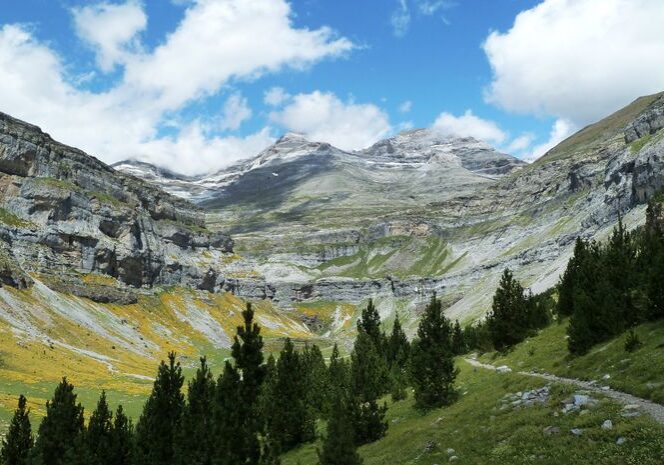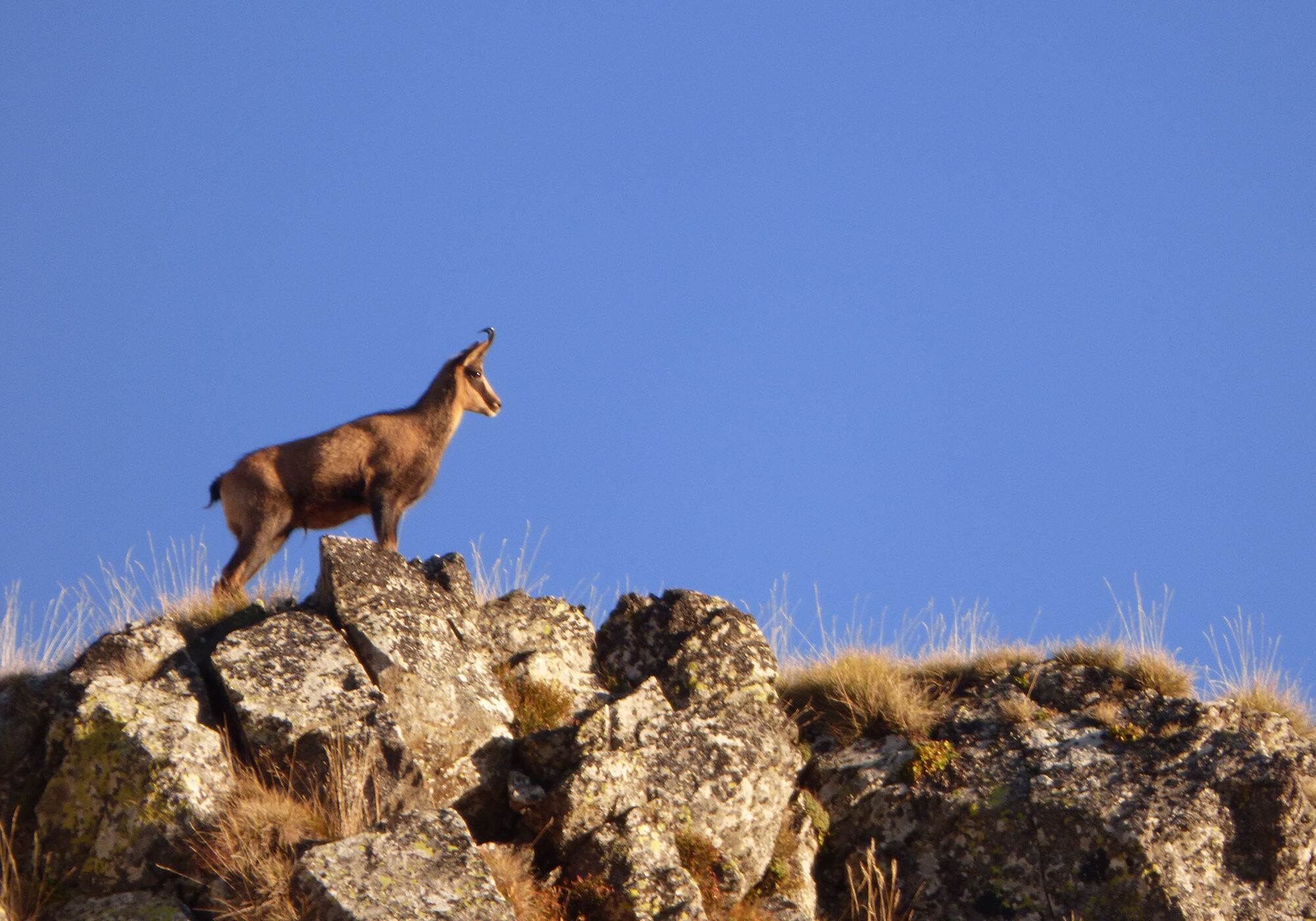
Pyrenees national park & mont perdu
Important cultural, geological and natural places ... Enough to discover endlessly.

World heritage - Pyrenees Mont Perdu
A site recognized worldwide for its cultural and natural heritage.
Listed as a UNESCO World Heritage Site for natural and cultural landscapes, the Pyrenees Mont-Perdu site is a collection of several peaks, canyons and cirques in Spain and France ... all centered around the Pic du Mont Perdu. This World Heritage includes on the Spanish side two of the widest canyons in Europe and, on the French side, the three immense cirques of glacial origin of Troumouse, Estaubé and Gavarnie. All this constitutes an impressive set of geological formations. In addition, the shapes of the landscape and its pastures bear witness to traditional and historical pastoral activity, traces of which are still present.

Pyrenees national park
The Pyrenees National Park was created in 1967 and has 230 altitude lakes and the highest peaks in the French Pyrenees, including Vignemale which rises to 3,298 meters. The main purpose of this park is to protect and promote endangered species, as well as to preserve the natural beauty of the sites. It therefore promotes several projects, such as the reintroduction of the ibex in the Pyrenees and learning and education in the surrounding municipalities. It also facilitates the reception of all audiences in order to allow the development of local communities around the park.
The National Park is made up of two zones: a central zone, which is regulated by strict rules in order to promote the security and richness of species, and a peripheral zone, made up of 84 municipalities, 65 of which have adhered to the National Park charter. This means that the strictly protected area is surrounded by nature-friendly areas (respecting, for example, a rule of 0 pesticides). This allows natural species to continue to develop and the park space to keep all the richness of its flora and fauna.
